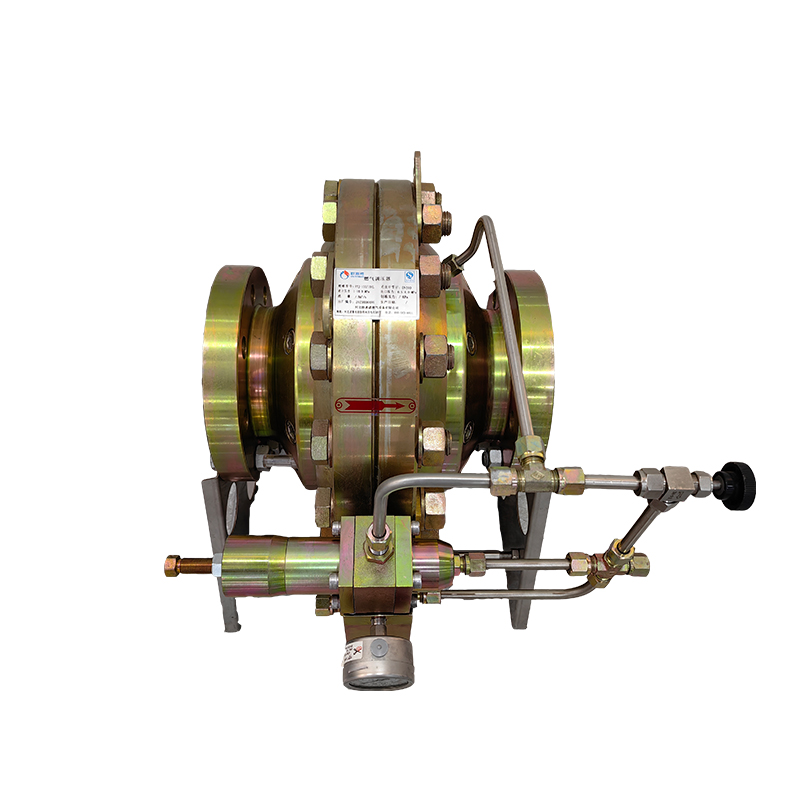
Jul . 26, 2024 05:32
Back to list
Exploring the Benefits and Challenges of Liquefied Natural Gas in Energy Transition
The Rise of Liquefied Natural Gas (LNG)
In recent years, the global energy landscape has shifted dramatically, with natural gas taking center stage as a cleaner alternative to coal and oil. Among its various forms, Liquefied Natural Gas (LNG) has emerged as a crucial player, offering both environmental benefits and increased energy security to nations around the world.
.
One of the most significant advantages of LNG is its lower environmental impact compared to traditional fossil fuels. When burned, LNG emits about 50% fewer carbon dioxide (CO2) emissions compared to coal and around 30% less than oil. Moreover, it produces virtually no sulfur dioxide (SO2) or particulate matter, which are significant contributors to air pollution and health problems. As countries grapple with climate change and strive for greener energy solutions, LNG presents itself as a cleaner bridge fuel that can support a transition towards more sustainable energy production.
الغاز الطبيعي المسال

The growing demand for LNG can be attributed to several factors. Firstly, as developing nations industrialize and urbanize, their energy needs have soared. Countries like China and India are investing heavily in LNG infrastructure to meet their burgeoning energy demands while also making commitments to reduce greenhouse gas emissions. Additionally, the shale gas revolution, particularly in the United States, has led to an abundance of natural gas, driving down prices and making LNG more competitive on the global market.
Moreover, geopolitical dynamics play a vital role in the expansion of the LNG market. Countries reliant on energy imports are looking to diversify their sources to enhance energy security and reduce dependence on a single supplier. For instance, European nations have been increasingly turning to LNG to lessen their reliance on Russian gas, especially in light of recent geopolitical tensions. This diversification not only stabilizes energy prices but also encourages investments in infrastructure that support LNG trade.
However, the growth of LNG is not without challenges. The processes involved in liquefaction, transportation, and regasification require significant investment in infrastructure and technology. Building LNG terminals and pipelines is a capital-intensive endeavor that can take years to complete. Additionally, while LNG is a cleaner alternative, it is still a fossil fuel, and its extraction and transportation can result in methane leaks, a potent greenhouse gas. Therefore, it’s crucial for the industry to adopt best practices in environmental management to minimize these impacts.
In conclusion, Liquefied Natural Gas is poised to continue its rise as a vital component of the global energy mix. With its ability to provide a cleaner alternative to other fossil fuels and its role in enhancing energy security, the LNG market is set for expansion. However, stakeholders must remain conscious of the environmental challenges it presents and work collectively towards sustainable practices. As we transition into a new energy era, LNG could serve as a valuable asset and a stepping stone toward a more sustainable and secure energy future.
Latest news
-
Safety Valve Spring-Loaded Design Overpressure ProtectionNewsJul.25,2025
-
Precision Voltage Regulator AC5 Accuracy Grade PerformanceNewsJul.25,2025
-
Natural Gas Pressure Regulating Skid Industrial Pipeline ApplicationsNewsJul.25,2025
-
Natural Gas Filter Stainless Steel Mesh Element DesignNewsJul.25,2025
-
Gas Pressure Regulator Valve Direct-Acting Spring-Loaded DesignNewsJul.25,2025
-
Decompression Equipment Multi-Stage Heat Exchange System DesignNewsJul.25,2025

